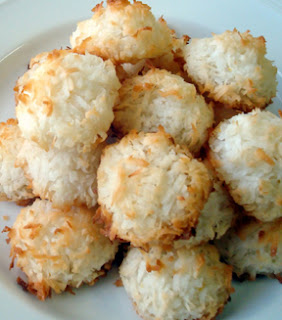HOMEMADE MARZIPAN has a grainier texture than commercially made marzipan, which is passed through heavy rollers to create a smooth texture.
 The flavour of homemade marzipan can be adjusted to taste by adding more or less almond essence. The colour of the almonds can be maintained by mixing a glass or glazed bowl.
The flavour of homemade marzipan can be adjusted to taste by adding more or less almond essence. The colour of the almonds can be maintained by mixing a glass or glazed bowl.When using raw egg, there is always a risk of salmonella, so use homemade marzipan quickly, and make sure you wash your hands well between separating the egg and mixing the marzipan.
Ingredients: 225gr Icing Sugar; 225gr grown Almonds; 1 large Egg white; 1 teaspoon Lemon Juice; Almond Essence (a few drops). Add a colour if you wish
.
Mix the icing sugar and ground almonds in a bowl, add the liquids and stir together. Knead the mixture until smooth. Store in a polythene bag until ready to use. Use within 1 week of making.






















